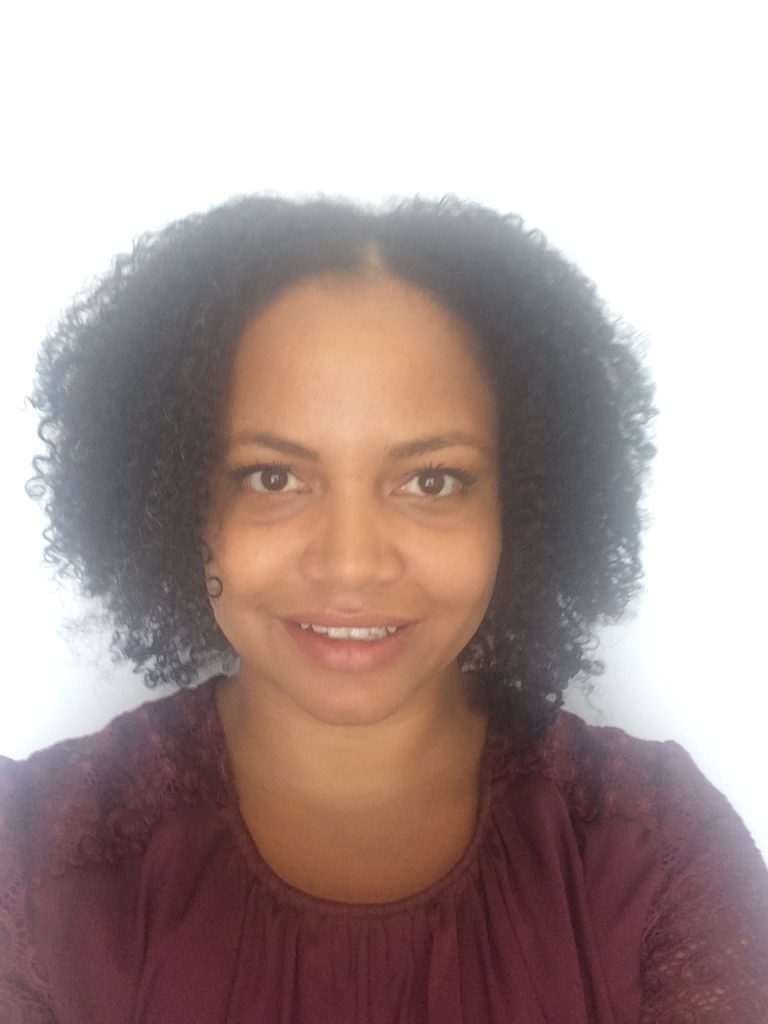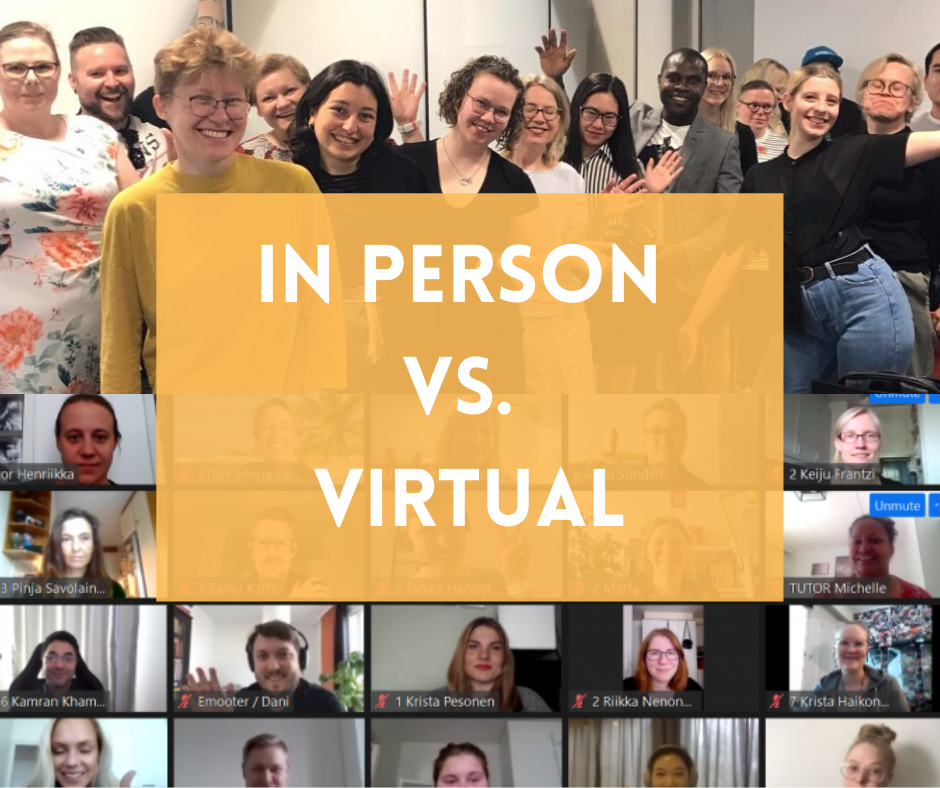Combining lessons from virtual and in person sprints
In the last week of May 2020, the Digital Wellbeing Sprint (DWS) brought together students and health tech companies to develop real life user-friendly digital solutions. The sprint is a collaboration between three Universities of Applied Sciences: Laurea, Metropolia and Haaga-Helia. This year, for the first time ever, the DWS was organized virtually because of the corona virus situation.
The Digital Wellbeing Sprint followed Google’s sprint methodology, as described in Jake Knapp’s book Sprint: How to Solve Big Problems and Test New Ideas in Just Five Days. The sprint week consisted of eight simultaneous sprints where 40 students in eight teams solved challenges from six health tech companies.
As a tutor, my role was to help design the process and facilitate the work of student teams, guiding the process and supporting along the way. These are my reflections and suggestions on how to make the DWS even more successful in the future.
Learning from virtual and in person sprints
The sprint has been organized four times in total, the first three face to face and this last one virtually. Both approaches have their strengths and I would suggest picking the low hanging fruit from both approaches in the organization of future sprints.
Teamwork benefits from face to face interaction
Developing a sense of community and building fruitful team dynamics can be quite challenging in virtual settings and benefit from meeting and getting to know each other face to face. This year, some students found it challenging to work in teams virtually, without ever meeting the other team members. As a facilitator, I noticed the same problematic in some of the groups, as conversations were not always flowing naturally. Upcoming Digital Wellbeing Sprints would benefit greatly from organizing at least the launch in person. Once the team has bonded, working not only becomes more efficient but more fun too. Friendships formed during the previous sprints, let’s aim for that in the future also!
Documentation of the process is easier digitally
Everyone who has organized face to face workshops probably recognizes the large amount of flap chart paper and post-its at the end of the workshop. What do you do with all that material? Take pictures and recycle. Digital documentation is much easier to work with and save long term. Depending on the tools used during the virtual sprint, you can keep the documentation of the complete process and export the data into more convenient formats. Mural for example allows exporting data to Excel, which makes it infinitely easier to sort, organize and work with large amounts of data after the sprint.
Virtual participation can make it easier to schedule time with external people
This year we had some amazing keynote speakers during the sprint week, you can read about some of them here and here. Making it as easy as possible for external people to participate lowers the threshold to accept an invitation. This allows scheduling keynote speakers who would not have time to attend in person. Participating virtully also makes it more likely for company representatives to be available several times during the week. This is crucial both for the students in their design process and for the companies to get the most useful outcomes from the sprint. User testing is a key aspect in the sprint methodology and providing the option to interview virtually may make it easier to recruit testers.
Final thoughts
Being a part of this process has been an excellent, educational, whirlwind experience. It was great to learn how the sprint methodology works in practice, after having read about it in the past. For me learning by doing is definitely the way to go and the added challenge of running several simultaneous sprints gave me the confidence to use the sprint methodology at work in the future.
Much as design processes in general, the Digital Wellbeing Sprint is an iterative process. We live and we learn, we ask questions and change along the way. By combining learnings from the four previous years, from virtual and face to face, and the feedback from both students and tutors, the Digital Wellbeing Sprint develops and grows along the way. It will be interesting to see what DWS looks like next year!
About me

My background is in public health and communications. In the past few years I’ve grown increasingly interested in human centered design, social innovation and health innovation. I’m currently working at the Finnish HIV Foundation and I’m an MBA student at Laurea where my focus is on Innovative Digital Services of the Future. Read more about me and let’s connect on LinkedIn!




